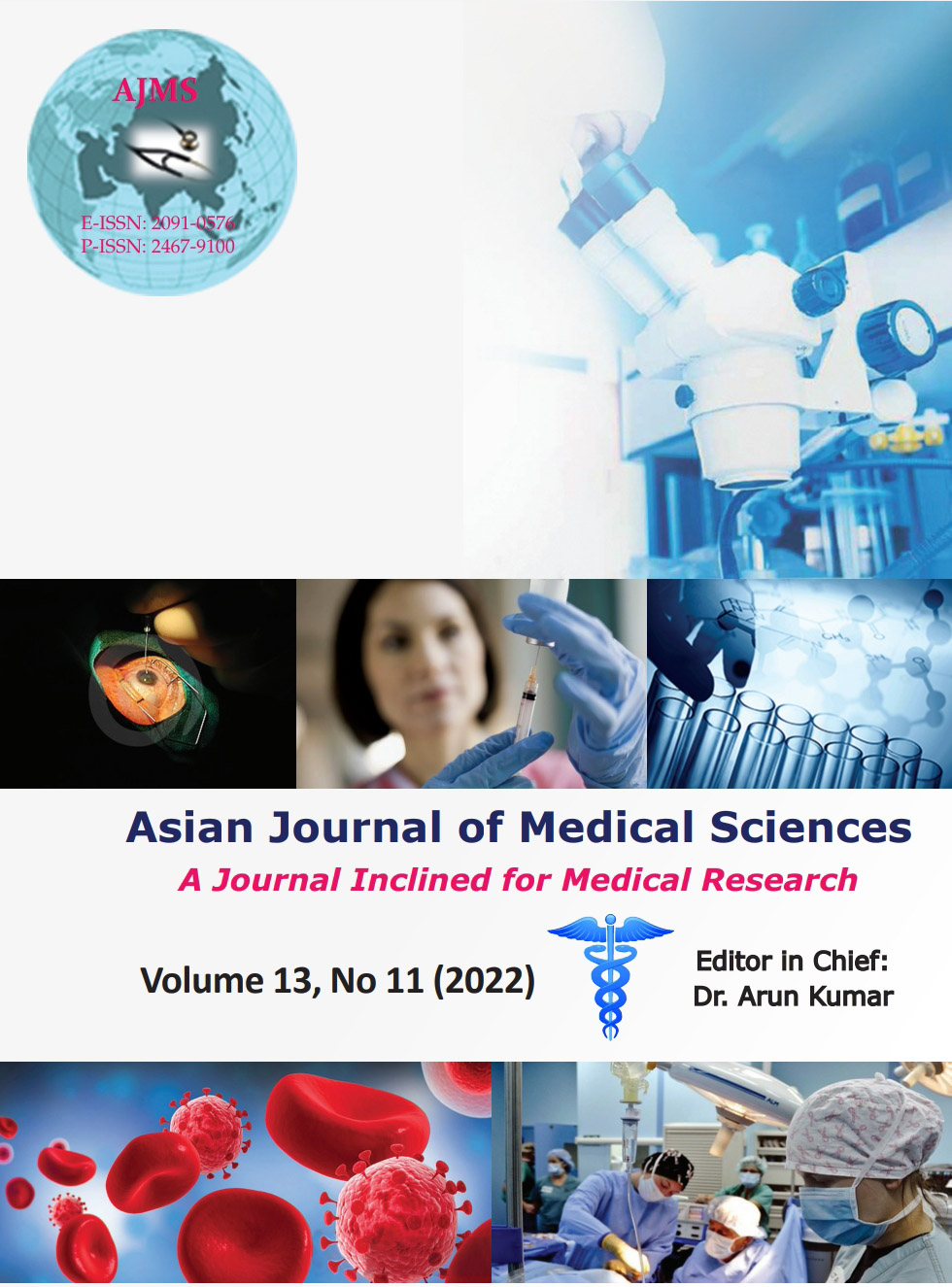Usefulness of ultrasonography in diagnosing abdominal trauma compared to computed tomography scan
Keywords:
Abdominal trauma; Hemoperitoneum; Solid organ injury; Hollow visceral injuryAbstract
Background: Abdominal trauma following road traffic accident is a leading cause of morbidity and mortality among all age groups. Imaging such as ultrasonography (USG) and computed tomography (CT) scan plays a critical role in the evaluation of these patients. The accuracy of CT scan in hemodynamically stable blunt trauma patients has been well-established.
Aims and Objectives: Assessment of usefulness of USG in diagnosing abdominal trauma with reference to involvement of different organs in terms of sensitivity, specificity, and predictive accuracy compared to CT scan.
Materials and Methods: It is a hospital-based cross-sectional study was conducted on 87 patients in imaging and sonology room under the Department of Radiodiagnosis, Bankura Sammilani Medical College and Hospital, Bankura, West Bengal with a time frame of years.
Results: In this study, the sensitivity of USG in detecting hemoperitoneum as compared to CT was found out to be 88.8%. USG had sensitivity – 79.3%, specificity – 98.2%, positive predictive value (PPV) – 95.8%, negative predictive value (NPV) – 90.4%, and predictive accuracy – 91.9% for splenic injury. For liver injury, USG had a sensitivity – 80%, specificity – 98.5%, PPV – 94.1 %, NPV – 94.2 %, and predictive accuracy – 94.25%. For renal injury, USG had sensitivity – 83.3%, specificity – 98.6%, PPV – 90.9%, NPV – 97.3%, and predictive accuracy – 96.5%. The sensitivity, specificity, PPV, NPV, and predictive accuracy of USG for pancreatic injury in comparison to CT were 100%.
Conclusion: When the findings of abdominal injury on USG were compared to CT scan, which was taken to be the gold standard, it was observed that USG was fairly sensitive in detecting hemoperitoneum and solid organ injury (especially when the grades of injury was higher), but it showed less sensitivity in detecting lower grades of solid organ injuries and hollow visceral injuries (such as injury to the bowel and bladder). These cases, which were missed on USG were detected on CT scan and CT scan also helped in better grading of the visceral injuries. CT also helped in better detection of other associated findings such as pelvic fractures and pneumoperitoneum.
Downloads
Downloads
Published
How to Cite
Issue
Section
License
Copyright (c) 2022 Asian Journal of Medical Sciences

This work is licensed under a Creative Commons Attribution-NonCommercial 4.0 International License.
Authors who publish with this journal agree to the following terms:
- The journal holds copyright and publishes the work under a Creative Commons CC-BY-NC license that permits use, distribution and reprduction in any medium, provided the original work is properly cited and is not used for commercial purposes. The journal should be recognised as the original publisher of this work.
- Authors are able to enter into separate, additional contractual arrangements for the non-exclusive distribution of the journal's published version of the work (e.g., post it to an institutional repository or publish it in a book), with an acknowledgement of its initial publication in this journal.
- Authors are permitted and encouraged to post their work online (e.g., in institutional repositories or on their website) prior to and during the submission process, as it can lead to productive exchanges, as well as earlier and greater citation of published work (See The Effect of Open Access).




